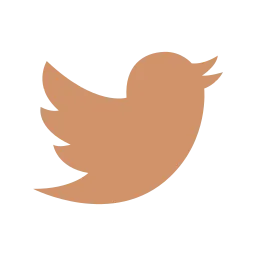Helping Mind,Body & Spirit
The Med Spa Las Vegas - Experience the power of modern aesthetic treatments for men and women that refresh, revitalise, and renew, making you feel confident and glowing with radiance.

WELLNESS
Turn back the clock
Embrace a revitalized version of yourself. Experience expertly curated treatments, infused with the latest science and the gentle touch of our experienced professionals. Dive into a world where age is merely a number.

Injectable Body Shaping

Botox

Lip Fillers

IV Therapy

Vitamin Shots

PRF Rejuvenation

Body Sculpting

Chemical Peel

Laser Hair Removal

VI Peel
"Amazing service, I had laser hair removal and it was painless and perfect!"
Arlene bordinhao
"Very clean & positive environment!
Started lasering almost my whole body a few months back and saw amazing results."
NINEtte Javadian
"Great service. Great people. Nice premises. And despite me being worried about it being painful, it was painless."
David Smalenkis











